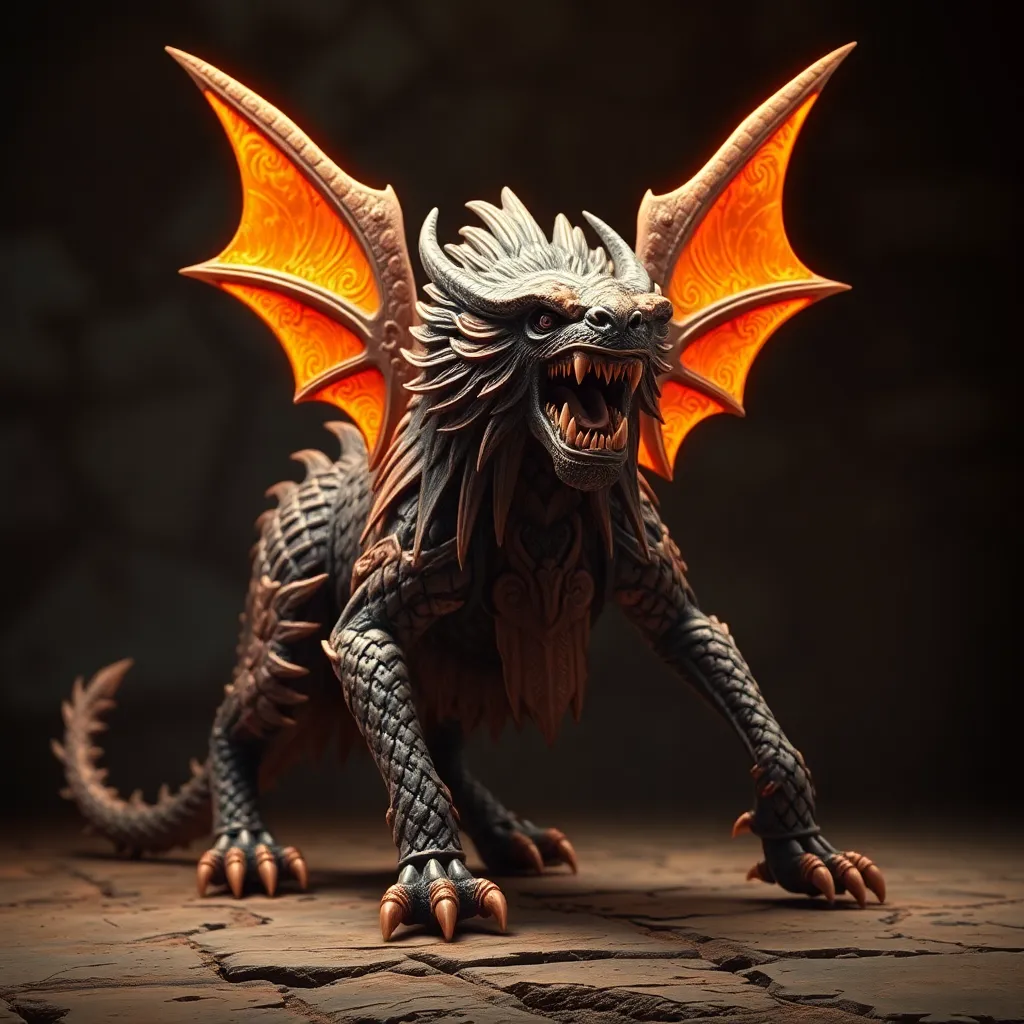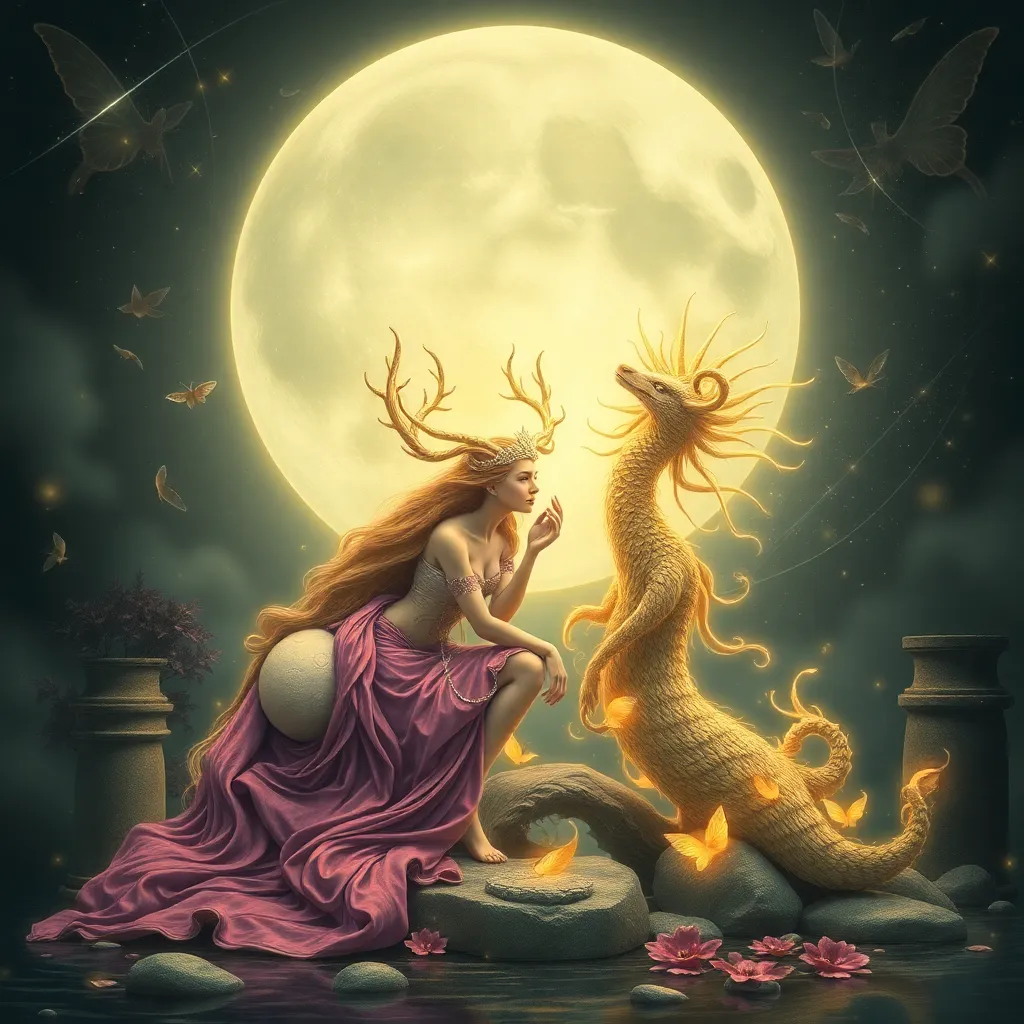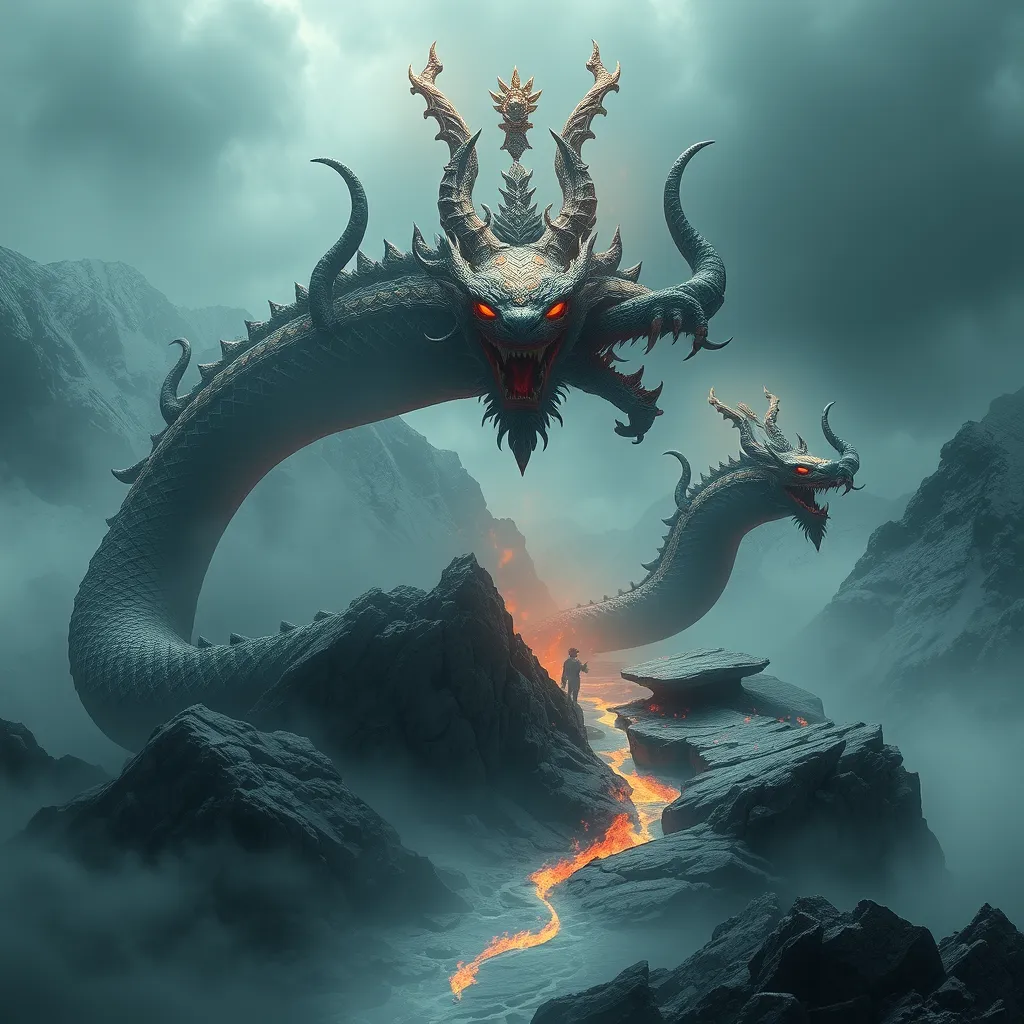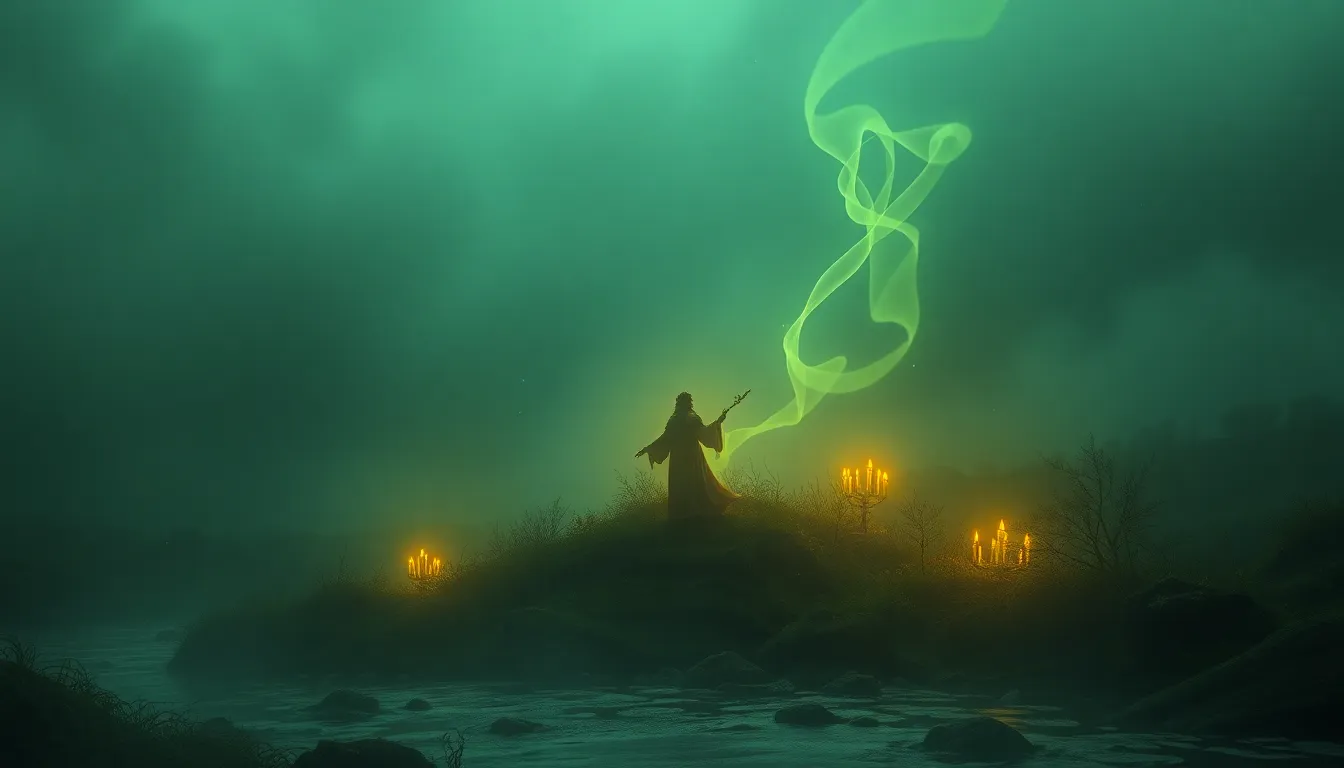The Manticore’s Role in Mythological Narratives: A Guide to its Purpose
I. Introduction
The Manticore is a fascinating creature rooted in ancient mythology, known for its lion-like body, human head, and a tail that can shoot deadly spines. This mythical beast has captured the imagination of many cultures and serves a significant purpose in various mythological narratives.
In this article, we will explore the Manticore’s historical origins, its symbolism, its depiction in literature and art, its role in heroic narratives, and its cultural impact. We aim to shed light on the Manticore’s significance and how it reflects human fears, values, and storytelling traditions.
II. Historical Origins of the Manticore
The Manticore’s origins can be traced back to ancient Persian mythology, where it was first described in texts as a fearsome creature. Its name is derived from the Persian word “martikhoras,” meaning “man-eater.”
As cultures evolved, so did the Manticore’s image:
- In Greek mythology, the Manticore was often depicted as a monstrous being embodying the untamed wilderness.
- Roman texts also referenced the Manticore, solidifying its place in Western mythology.
The Manticore can be compared to other mythological creatures such as the Chimera and the Griffin, each of which carries unique traits and symbolism, yet all signify the blend of human and animal characteristics prevalent in mythological storytelling.
III. Symbolism of the Manticore
The Manticore is rich in symbolism, often representing various themes in mythology:
- Representation of danger and ferocity: The Manticore embodies primal fears, showcasing nature’s violence and unpredictability.
- The Manticore as a symbol of the unknown: This creature often appears in dark, unfamiliar contexts, representing the challenges of the unknown.
- Connections to human fears and moral lessons: The Manticore serves as a warning against hubris and the consequences of underestimating danger.
IV. The Manticore in Literature and Art
Throughout history, the Manticore has been featured prominently in various literary and artistic works:
- Analysis of the Manticore in ancient texts: One of the earliest mentions can be found in “The Physiologus,” a Christian text that describes the Manticore as a fierce beast with a human voice, symbolizing the battle between good and evil.
- Artistic representations: During the Middle Ages and the Renaissance, the Manticore was often depicted in bestiaries and tapestries, illustrating its fearsome nature and serving as a moral lesson on the dangers of pride.
- Modern interpretations: Today, the Manticore appears in various forms in literature and pop culture, from fantasy novels to video games, often reimagined as a creature with complex motivations.
V. The Manticore’s Role in Heroic Narratives
In many heroic narratives, the Manticore serves as an antagonist or a formidable obstacle for heroes:
- The Manticore as an antagonist: Often depicted as a beast that heroes must confront, it challenges their strength and resolve.
- Case studies of encounters: In various tales, heroes who face the Manticore often emerge transformed, illustrating personal growth and the acquisition of wisdom.
- Impact on the hero’s journey: The encounter with the Manticore typically signifies a turning point in the hero’s journey, pushing them towards self-discovery and greater understanding of their own fears.
VI. The Manticore’s Cultural Impact
The influence of the Manticore extends beyond ancient texts into contemporary culture:
- Influence on folklore: The Manticore has inspired numerous local legends and folklore, with tales often warning of its ferocity.
- Adaptations in contemporary media: The Manticore’s image has been adapted in films, games, and literature, showcasing its versatility as a symbol.
- The Manticore in modern fantasy: In fantasy genres, the Manticore often represents the archetypal monster that heroes must overcome, reinforcing its role in mythological storytelling.
VII. Comparative Mythology: The Manticore and Other Mythical Beasts
When comparing the Manticore with other mythical creatures, several similarities and differences emerge:
- Similarities with creatures: Like the Chimera and Griffin, the Manticore combines human and animal traits, embodying the fears and aspirations of the cultures that created them.
- Differences in narrative roles: While the Chimera is often portrayed as an embodiment of chaos, the Manticore focuses more on individual peril and moral lessons.
- Insights into cultural values: The way each creature is portrayed reveals much about the values and fears of the cultures that birthed them, offering a rich field for exploration in comparative mythology.
VIII. Conclusion
In summary, the Manticore stands as a significant figure in mythological narratives, representing danger, the unknown, and moral teachings. Its evolution through history highlights its adaptability in various cultural contexts and its ongoing relevance in storytelling.
As we reflect on the legacy of the Manticore, we recognize the importance of mythological creatures in conveying human fears, aspirations, and lessons. The Manticore, with its blend of ferocity and mystery, continues to resonate in our collective imagination, reminding us of the timeless power of myth in shaping our understanding of the world.



